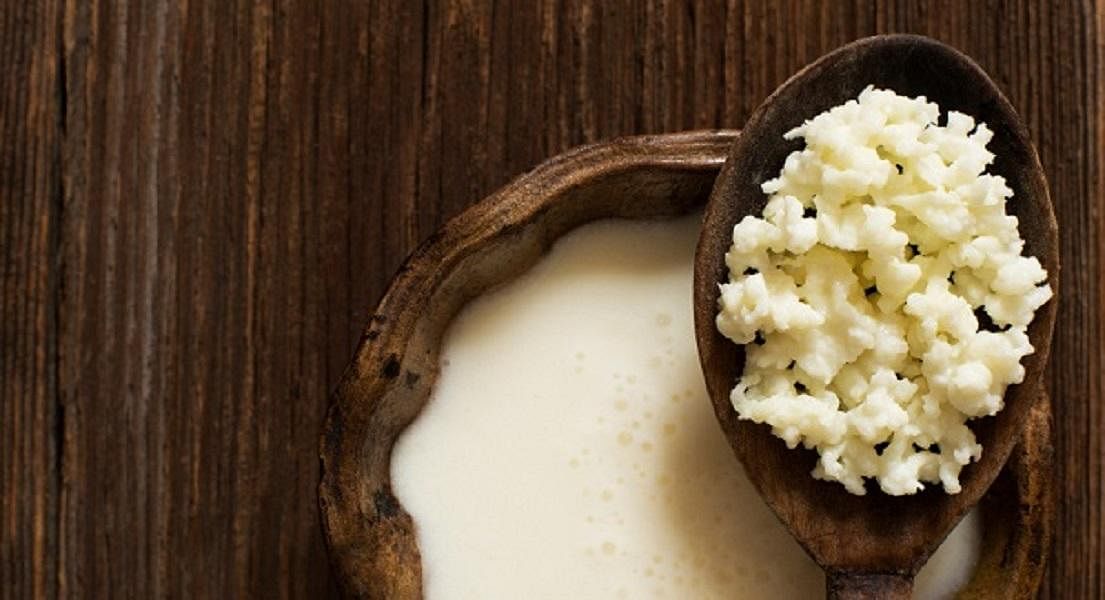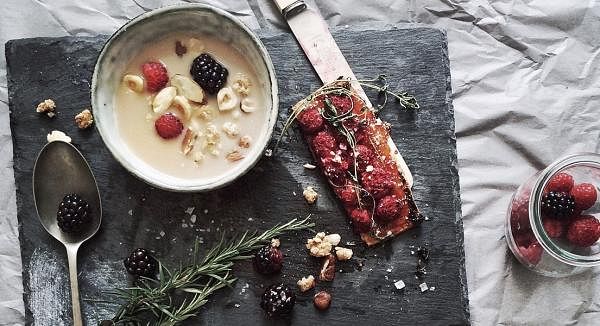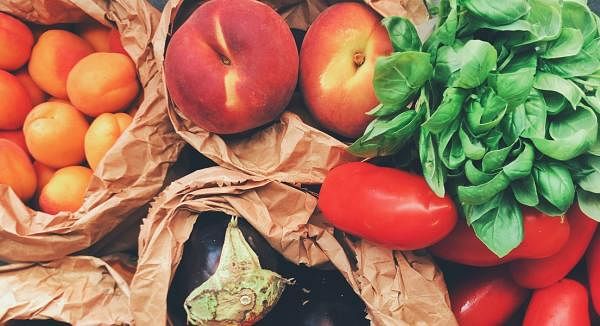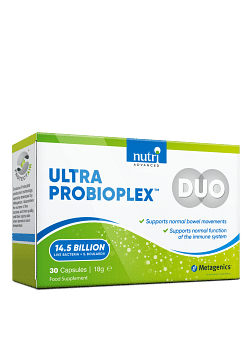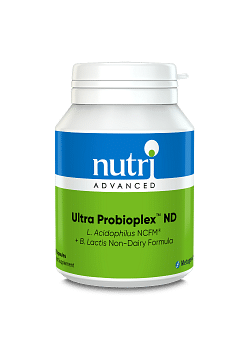Kefir - The New Superfood?
Why you can trust Nutri Advanced Every article on our site is researched thoroughly by our team of highly qualified nutritionists. Find out more about our editorial process.
Once unheard of, this super healthy food has become a deserved front-runner in the food fashion stakes, giving even the uber fashionable avocado a run for its money! Everyone who’s anyone is thinking of, talking about or simply drinking this staggeringly nutritious drink. So what is it? What’s so good about it? And how can you get some into your diet? Read on to find out…
What is kefir?
Kefir is a fermented milk product – it is thicker than milk: similar in look and texture to a pourable yoghurt that you can drink. If made properly, is bubbly, tangy and has a tart, yeasty and slightly sour flavour.
Why is it so good for you?
Kefir is packed full of beneficial bacteria that can colonise the intestinal tract and can help to support optimal digestive health and boost immunity. And since your digestive health can have an impact on your weight, this newest superfood might even help you to shift a few pounds. It contains a far larger range of bacteria and yeasts than live yoghurt – more than 3 times the amount. Kefir delivers high levels of B vitamins including B1, B12 and biotin, calcium, magnesium, phosphorus, vitamin K2, folate, enzymes and is a great source of protein. The fermenting process changes some of the protein structures in the milk, making it easier to digest. Kefir is also a good source of the amino acid tryptophan, which is essential for the production of the feel good neurotransmitter serotonin.
Who is kefir suitable for?
Everyone can benefit from drinking kefir, especially those with symptoms of poor digestive health such as wind, constipation and bloating.
How can I get kefir into my diet?
The best way to experience the benefits of kefir is to make your own! Unlike making yoghurt, which requires heat, kefir is fermented at room temperature. You will need some starter grains to get going which you will find easily at a local health food shop or online. See below for a simple step-by-step process to making your own. You can also buy ready-made kefir; some versions of which will deliver health benefits whilst others are packed full of sugars and artificial flavours and may do you more harm than good. Read the label before you buy to check there are no unnecessary added ingredients.
How to make kefir
Kefir grains are a living organism and a popular culture for fermenting milk. Kefir is a fermented product similar in many ways to yoghurt but instead of heating the milk, adding a culture and keeping it warm, as with yoghurt, all you need to make milk kefir are kefir grains. You can also use a non-dairy alternative such as coconut milk, or even water to make kefir instead of milk if you want to avoid dairy.
You will need:
• 1 teaspoon kefir starter grains
• 250ml organic whole milk (the more milk you use, the longer the kefir will take to brew - you can use raw or pasteurized milk, however if you use raw milk you will need to regularly stir your kefir
• Clean glass jar
• Muslin cloth & rubber band
Method:
• Add 1 teaspoon kefir grains into approximately 250ml organic fresh whole milk (cold or at room temperature) in a clean glass jar and cover with a muslin cloth, secured with a rubber band.
• Store your brew somewhere out of direct sunlight and away from a direct heat source but where the ambient room temperature is warm (the colder the grains are the longer the kefir will take to brew) for 24-48 hours. Shake or stir occasionally.
• During this time, the healthy cultures will ferment the milk, preventing it from spoiling while transforming it into kefir.
• After 24-48 hours stir the kefir mixture with a plastic utensil and pour the contents through a fine plastic sieve (NB don’t use metal).
• For the first couple of brews nothing much may happen as it can take a while for the grains to settle, however the taste and texture will gradually improve, the more brews you make. The kefir should be thick and have a sour, tangy taste.
To make your next brew:
• Strain the kefir grains out from the kefir
• Add the grains back into a clean jar
• Add milk
• Cover and leave until desired consistency is reached.
Looking after your kefir grains:
The grains double every week to 10 days. You can store extras or share them, without having to keep feeding them, by drying them. Rinse them, drain on absorbent paper, and dry in the sun or a dehydrator at low temperature. You can slow kefir grains growth down in the fridge, but you will still need to feed them after about a week. You can suspend them for longer by freezing them. But kefir grains work best, and stay healthiest, with frequent engagement and regular feeding.
NB Chlorinated water can inhibit fermentation so use spring, distilled or filtered water if you can.
Useful Resources:
The Art of Fermentation by Sandor Katz
www.happykombucha.co.uk
If you're interested in making more fermented foods, check out our Sauerkraut recipe here
This website and its content is copyright of Nutri Advanced ©. All rights reserved. See our terms & conditions for more detail.
Nutri Advanced has a thorough research process and for any references included, each source is scrutinised beforehand. We aim to use the highest value source where possible, referencing peer-reviewed journals and official guidelines in the first instance before alternatives. You can learn more about how we ensure our content is accurate at time of publication on our editorial policy.
Most Popular Articles
-
7 Surprising Ways To Support Your Magnesium
If you are displaying signs of a magnesium deficiency, here are 7 ways to boost your magnesium levels that are easy to incorporate into your daily life. -
5 Best Vitamin C Supplements Picked By Our Experts
Learn more about the different types of vitamin C, the different benefits you get from different types, and what you get for spending more on a good supplement. -
Top 5 Vitamins For Energy And Tiredness Picked By Our Experts
The 5 best and most important vitamins for energy & tiredness including B vitamin food sources & best supplement forms for energy. -
Benefits of Myo-Inositol for Polycystic Ovary Syndrome (PCOS)
In this research review article, we take a closer look at a lesser-known natural compound called myo-inositol that has been found to have significant potential to improve many of the prevalent features of PCOS. -
Top 10 Reasons to Give Your Kids Omega-3
Read the top 10 reasons that kids should have plenty of Omega-3- an essential fatty acid- including for depression, brain function, sleep & reading/maths skills.

